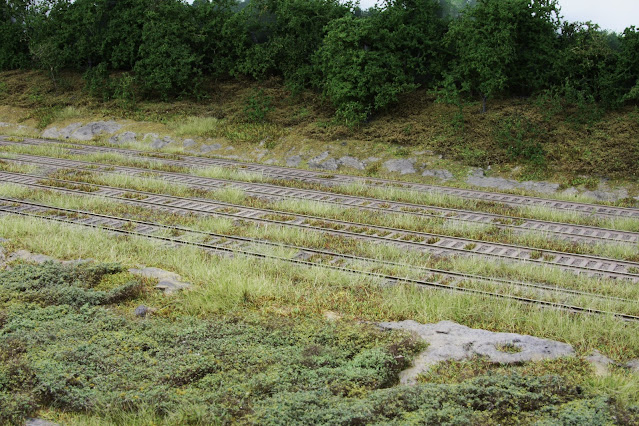Immessurable guides
Extracting every detail from photos captured of the New Haven Berkshire Line during the later 1950's ether by the original photographer or by knowledgeable historians have been immeasurable guides for my modeling efforts. Without them both, capturing an era of the prototype in scale with any degree of accuracy would not be possible. I thank them for helping me see and understand details that I would have not recognized and the modeling opportunities I would have overlooked.
What's in this photo?
Before continuing west, the power of Cedar Hill - Maybrook NY symbol freight NO-7 reverses direction by running around the Danbury loop track to drop a cut box cars at Danbury yard.
During an online discussion of this December 1958 photo a knowledgeable person noticed something that was not the subject of the discussion nor the primary focus at the time of the photographer, J. W. Swanberg.
In the far right of this photo is a rare express car that could be easily overlooked.
An enlargement of that portion of the photo reveals a Boston & Maine converted troop sleeper.
What makes this car rare are the two 6' 8" wide doors per side, and recognized as B&M because the railroad was the only one to my knowledge that had this feature with converted troop to express cars.
The Boston & Maine converted 17 troop sleepers between 10/48 and 1/49 with this 2 door per side configuration, road numbers 3260 - 3276. The conversion included full messenger facilities, these cars were used for all services.
My B&M knowledge is limited, corrections/additions gladly accepted.
Modeling opportunity
Modeling foreign road express cars that have been photographically confirmed to have appeared on the Berkshire during the era of the layout add operational interest and variety.
The existance of these B&M express cars was unknown to me before the discussion of the above photo and now offers a modeling opportunity gladly accepted.
B&M express car #3266 will serve as the prototype for the build.
Bob's Photos
.png)





























